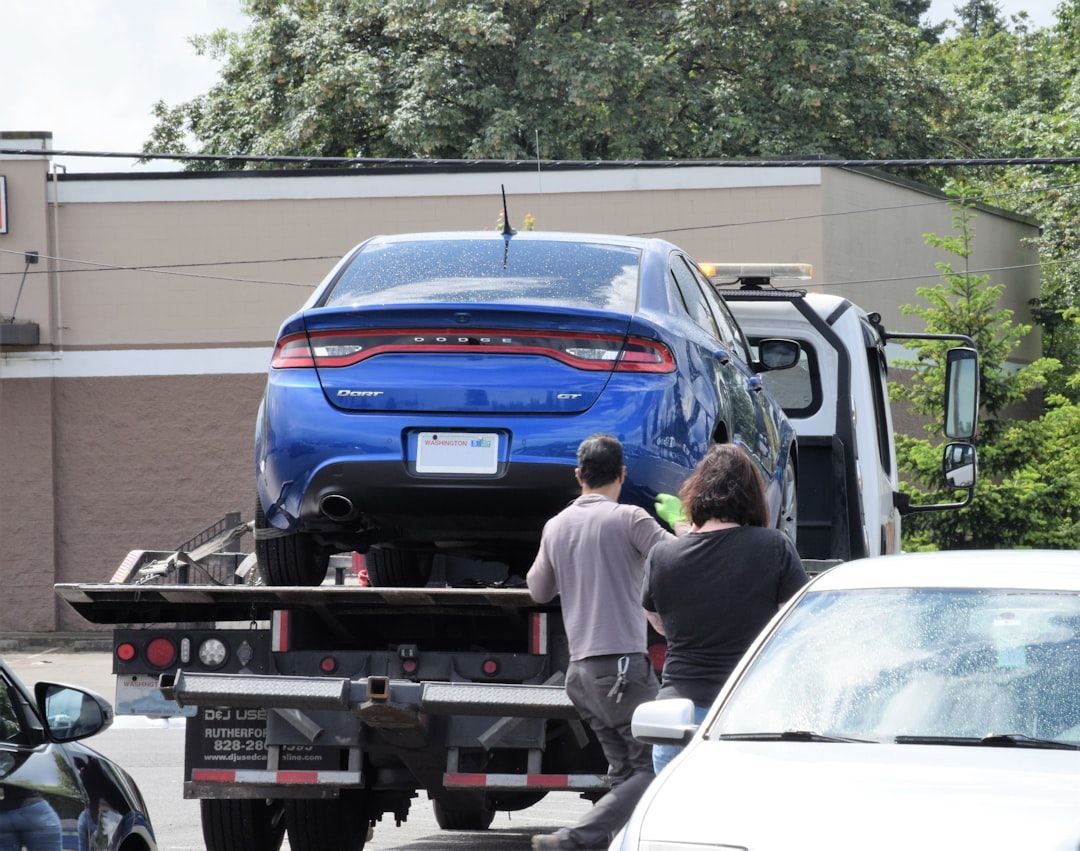Optimizing Your Auto Parts Store for Search: Boost Traffic and Conversions
Selling auto parts online can feel like navigating a tricky road. The market is crowded, buyers are precise, and Google’s algorithms are constantly changing. Whether you run a small parts shop or manage a large eCommerce catalog, getting your products found by the right customers is key.
This guide will walk you through practical strategies to improve your auto parts store’s SEO, attract high-intent traffic, and turn clicks into sales.
1. Focus on Vehicle-Specific SEO
Auto parts buyers usually know exactly what they need. That means your SEO needs to match their precision.
Tips for vehicle-specific optimization:
- Include Make, Model, and Year: Incorporate these details in product titles, headings, and meta descriptions. Example: “2015 Toyota Camry Rear Brake Pads”.
- Optimize with Part Numbers: Many customers search using OEM or aftermarket part numbers. Make sure each product page includes these identifiers.
- Use Detailed Long-Tail Keywords: Instead of generic terms like “brake pads,” target “2017 Ford F-150 front ceramic brake pads.” These capture buyers with high purchase intent.
- Consider Search Intent: Some searches are informational (“how to replace a brake rotor”), others transactional (“buy brake rotor online”). Tailor content for each type.
- Add Local Targeting: For brick-and-mortar stores, include city or region in your keywords, e.g., “auto parts store in Minneapolis.”
A strong keyword plan ensures your pages appear for the searches that matter most. You can also use tools like Google Keyword Planner to find opportunities for both long-tail and local searches.
2. Make Your Product Pages Stand Out
Even if a customer finds your site, a poorly optimized product page can lose the sale.
Key areas to focus on:
- Unique Descriptions: Go beyond manufacturer text. Explain what the part does, its compatibility, and why it’s better than alternatives.
- High-Quality Images: Multiple angles, detailed shots, and proper alt text help with both SEO and conversions.
- Clear Title Tags and Meta Descriptions: Include make, model, year, and part number. For larger catalogs, dynamic templates can make this easier.
- Category Pages: Optimize these for broader searches, like “Ford F-150 Brake Components,” and link to related products.
- Internal Linking: Connect related products, guides, and blog content. For example, link a “how-to” post to the relevant part page for seamless navigation.
This approach not only improves rankings but helps customers quickly find exactly what they need.
3. Technical SEO Matters
Large auto parts catalogs can create unique challenges for technical SEO. Here’s how to stay ahead:
- Structured Data: Implement Product schema to highlight price, availability, SKU, and reviews in search results.
- Site Speed: Optimize images, minify code, and leverage caching. Faster sites improve rankings and conversions.
- Mobile Optimization: Google indexes mobile-first. Ensure product pages are easy to navigate on phones and tablets.
- Logical Site Structure: Keep hierarchy clear (Home > Category > Subcategory > Product) and use breadcrumbs for navigation.
- Internal Linking and Crawlability: Make sure all product pages are reachable by search engines to prevent orphaned content.
Technical SEO ensures both Google and your customers can easily find and use your site.
4. Build Trust and Authority
Search engines reward credibility, and buyers gravitate to trusted stores.
Ways to establish trust:
- Educational Content: Post guides, FAQs, and tutorials (“How to Replace a 2018 Honda Accord Air Filter”) to show expertise.
- Customer Reviews: Display reviews on product pages. Reviews provide social proof, keywords, and structured data.
- E-E-A-T Principles: Demonstrate Experience, Expertise, Authority, and Trust through informative content and transparent company info.
- Backlinks: Earn links from niche blogs, forums, and local business directories. Quality backlinks boost both authority and visibility.
Combined, these strategies help your auto parts store appear credible to both Google and your shoppers.
FAQs
Why is SEO important for auto parts stores?
SEO helps your products appear in search results when buyers are looking for specific parts, increasing visibility and sales.
How do part numbers affect search rankings?
Including part numbers ensures that pages appear for buyers searching for exact matches, which increases the likelihood of conversion.
Do I need structured data on product pages?
Yes. Product schema improves how search engines display your listings, including price, availability, and ratings.
Drive More Sales With a Strong SEO Foundation
Optimizing your auto parts store for search isn’t just about traffic — it’s about connecting the right buyers with the right products. From precise keyword targeting and product page optimization to technical improvements and trust-building, each element plays a role in driving conversions.
Optimize Digital Marketing specializes in building SEO-friendly auto parts websites that attract high-intent traffic and increase sales. Check out our website services or contact us to start improving your search visibility and growing your business today.
View Our Latest Posts



